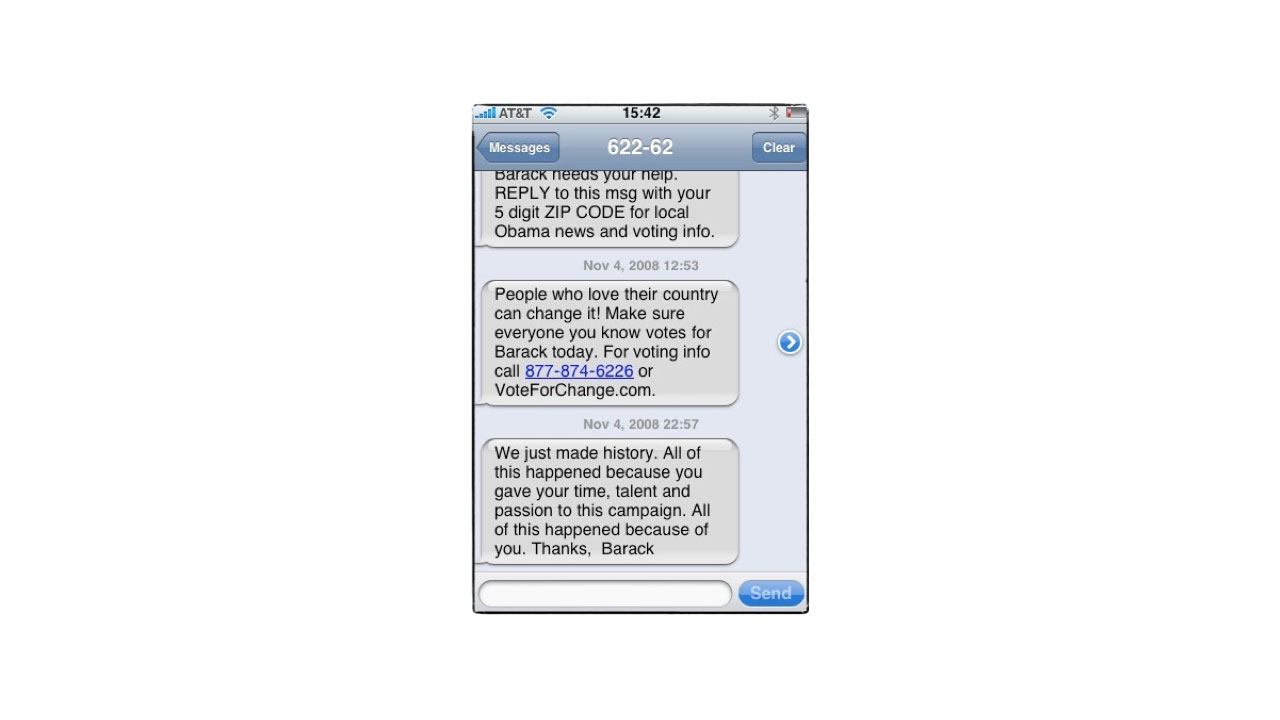Beginning with his February 2007 meeting with Netscape founder and Facebook board member Marc Andreessen, Obama has displayed an impressive ability to harness the forces of burgeoning new social media. Quite remarkable, because Facebook, Twitter and YouTube were barely a glimmer in their founders’ eyes during the 2004 election.
Not that this year’s election was lacking in publicity stunts. The world was spellbound by images of Hillary Clinton shedding a tear in New Hampshire; transfixed by the YouTube antics of Obama Girl; and amused by NBC’s Saturday Night Live comedy skits, culminating in the hilarious portrayals of Vice Presidential candidate Sarah Palin by Tina Fey.
In fact, Palin’s appearance drew 15 million viewers, the highest Saturday Night Live audience in 14 years. Yet, more than half of the audience saw the skits on the internet, including YouTube, NBC.com and a site partly owned by NBC, called Hulu.com, aptly displaying the growing power of online video.
The Obama campaign did a superior job covering the Internet’s hottest new hangouts. His MySpace page, pictured above, shows that beautiful pages can be designed in this popular social network. Obama has nearly 1 million friends in MySpace and more than 3 million in Facebook.
Leveraging a suite of leading-edge social engagement tools, including the aforementioned Facebook, texting, googling and e-mailing, Obama’s campaign was able to raise a record-setting $750 million from 3.1 million donors, while galvanizing an army of 10 million supporters.
These results were particularly outstanding considering Obama’s 20-month conversation with his constituency began with virtually zero brand awareness. Other than his speech at the 2004 Democratic National Convention and two books, Obama had little name recognition. But this was all changed by the deft use of new-media tactics:
- Web presence – BarackObama.com was well designed and optimized, ranking highly on Google for many election-related keywords. The transition URL, Change.gov, loudly communicates a new era of voter engagement. The campaign used online marketing firm Blue State Digital, which conceived and designed Obama’s digital outreach, including its primary site.
- Search engine optimization – The first Google results page for “Obama” displays seven results that were created by his campaign team, including central theme sites, Facebook, Twitter and MySpace pages, plus Obama’s healthcare issues page. The campaign’s marketing team used targeted key phrases and paid search ads to ensure high visibility on Google.
- Social media – The difference in campaign tactics was pronounced in social media. On MySpace, Obama has 921,413 friends, compared to 223,542 for John McCain. The Facebook results are even more dramatic because McCain did not maintain an official Facebook page, giving free rein to Obama’s 3,121,439 supporters on the popular social network.
- Online advertising – As of September, Obama’s campaign had spent about $5.5 million on online advertising with the bulk going to Google, suggesting a sizable paid search budget, further boosting organic results.
- Text messaging – Obama’s texting tactics received widespread coverage, particularly the poorly timed announcement of Joe Biden as Vice Presidential candidate, which reached most recipients in the middle of the night, long after the details of his selection had been leaked by the press. Obama’s VP text message reached 2.9 million people, Nielsen reported, but as the Los Angeles Times remarked, “no data on how many were awake when it arrived.”
 Text messaging proved to be an especially powerful way for Obama’s campaign to communicate with its constituency. Nearly 3 million mobile-phone users signed up to receive text messages from Obama, a historic first but certainly not the last word in political texting.
Text messaging proved to be an especially powerful way for Obama’s campaign to communicate with its constituency. Nearly 3 million mobile-phone users signed up to receive text messages from Obama, a historic first but certainly not the last word in political texting.
The Obama campaign did not invent anything new. But by bolting together popular social engagement tools, Obama’s campaign was able to defeat both the Clinton and Republican machines, not an inconsiderable feat judging by recent election history and his zero brand awareness. Now that’s change we can really believe in.
😎
